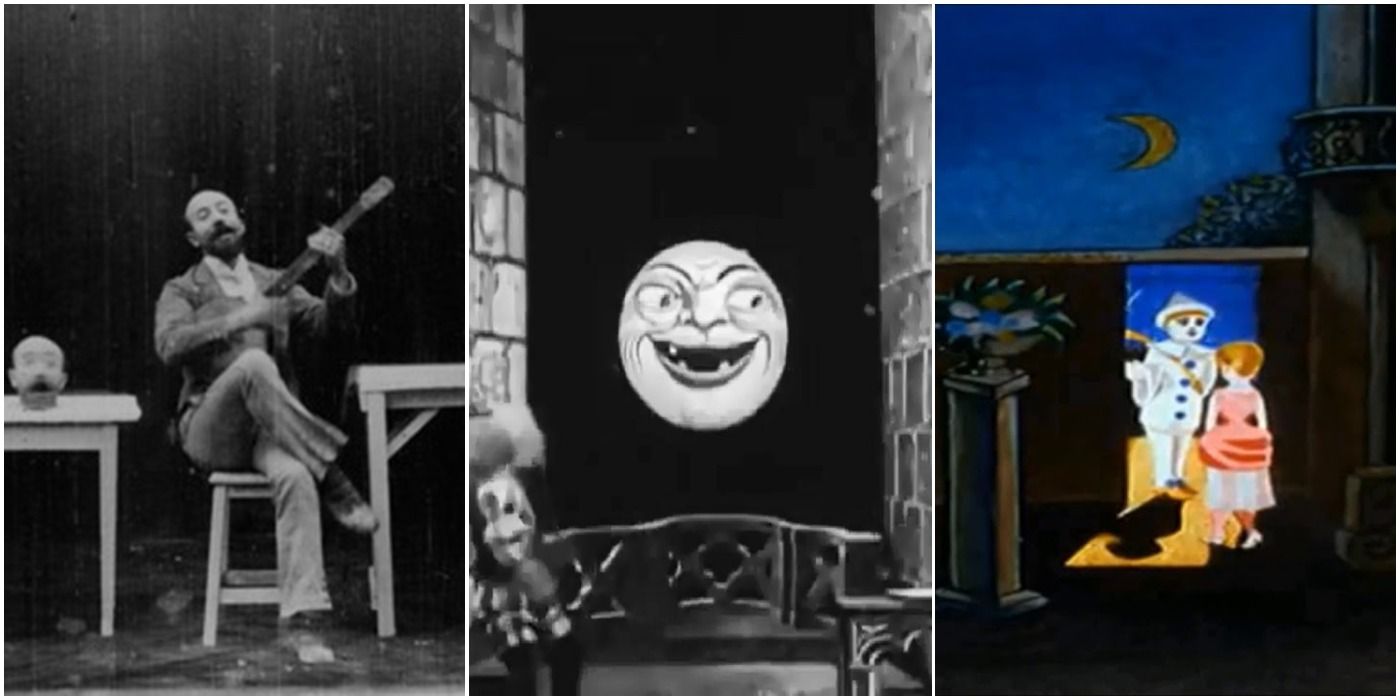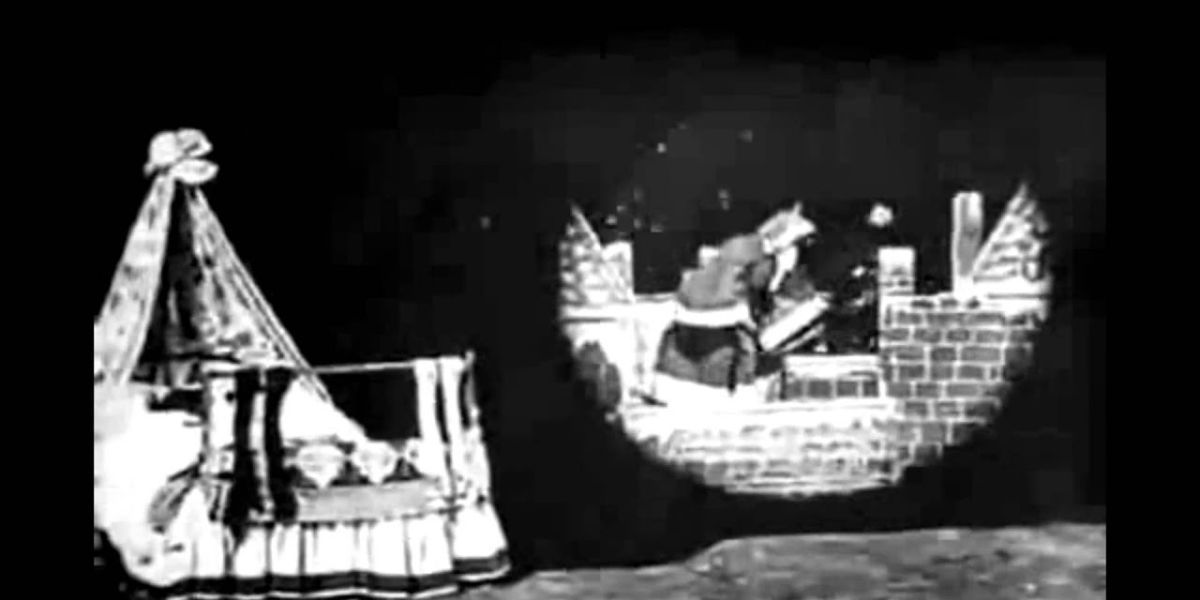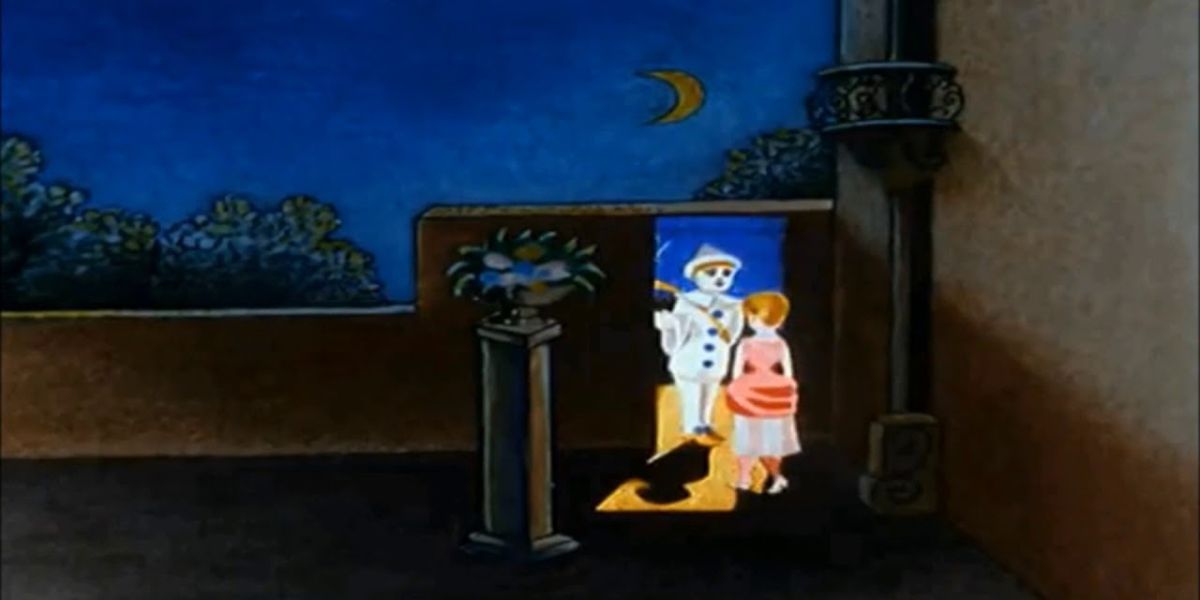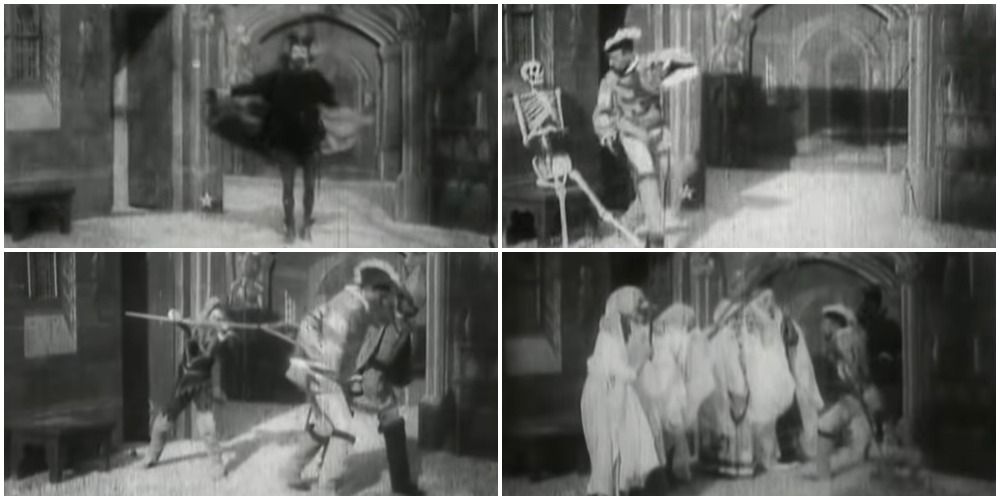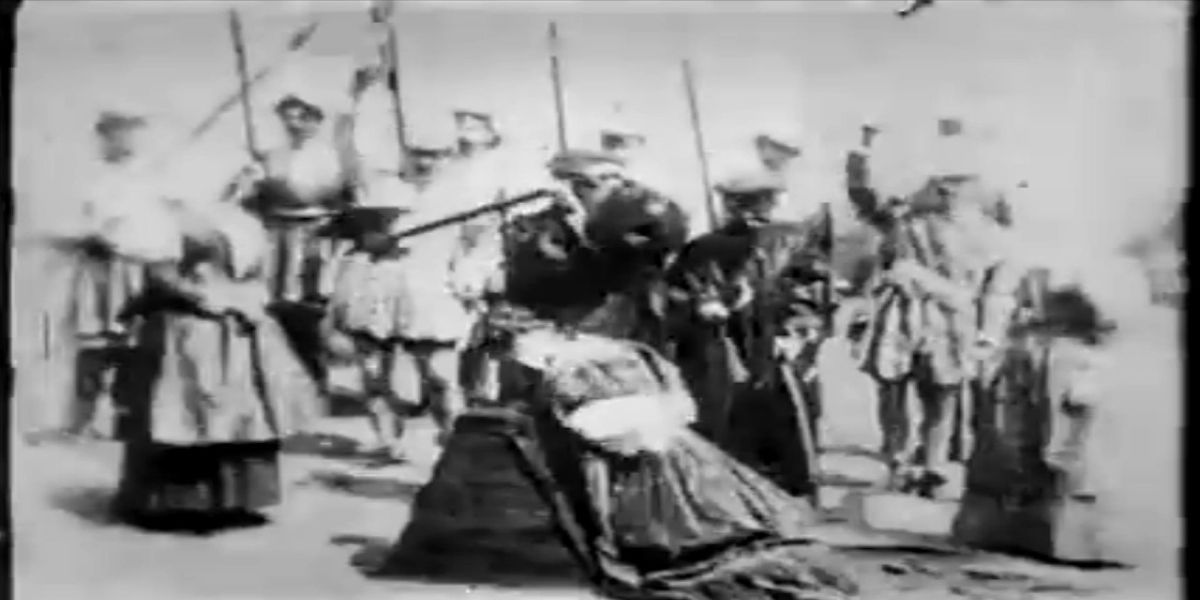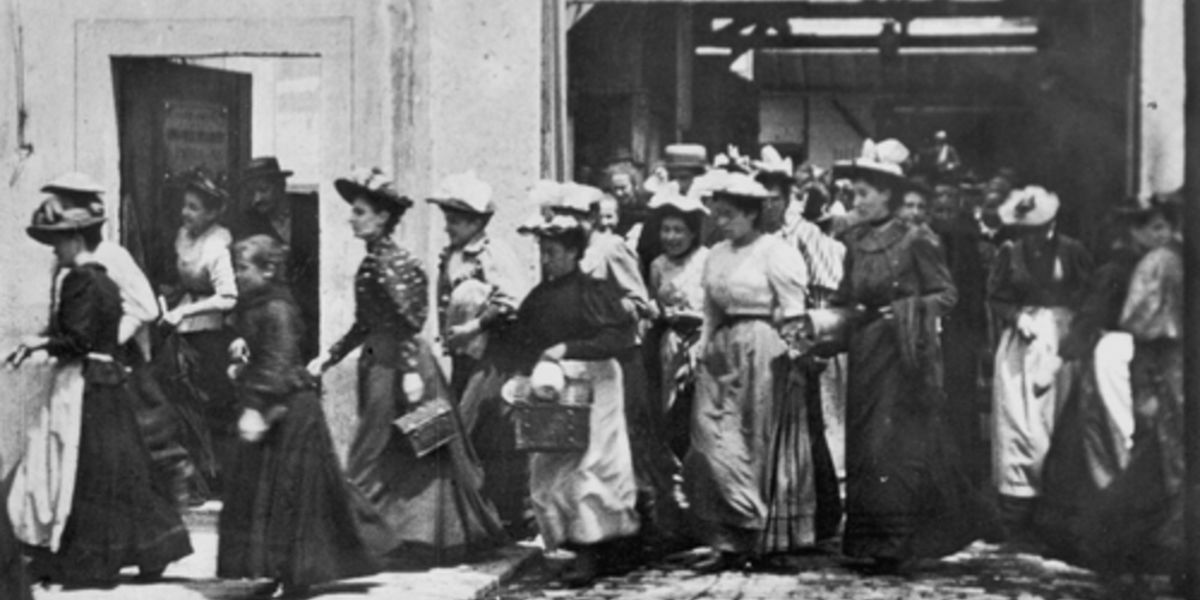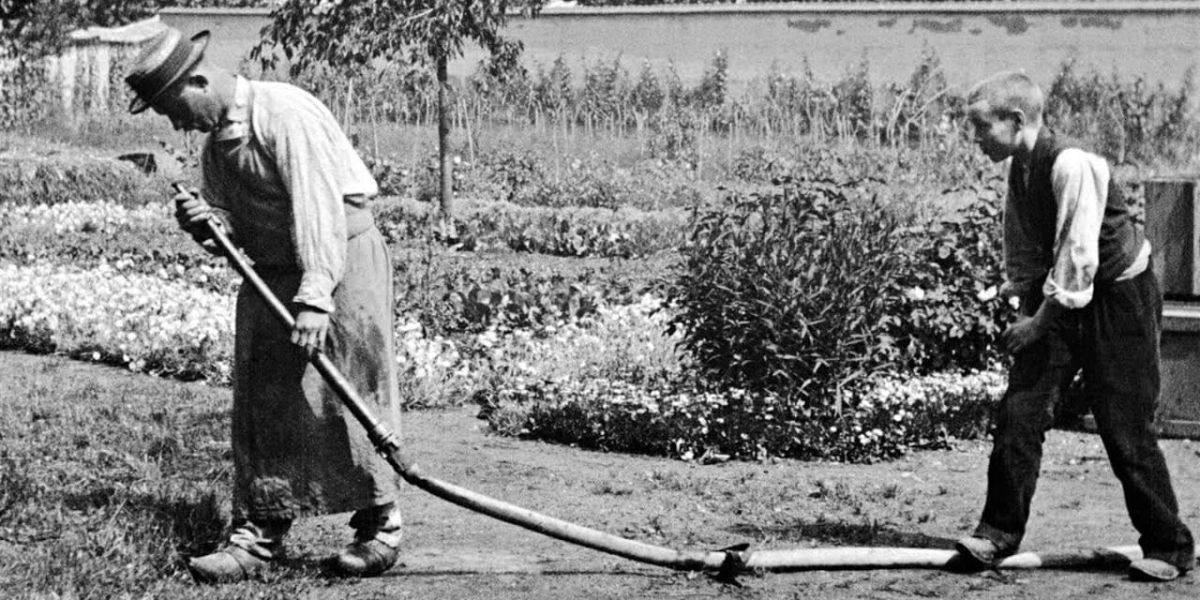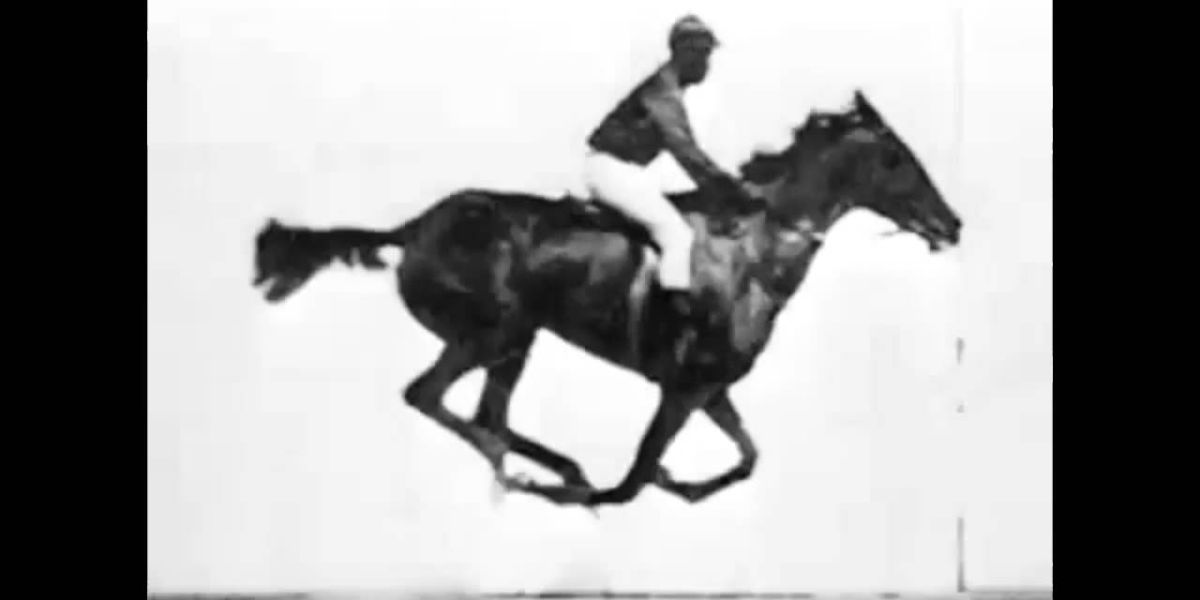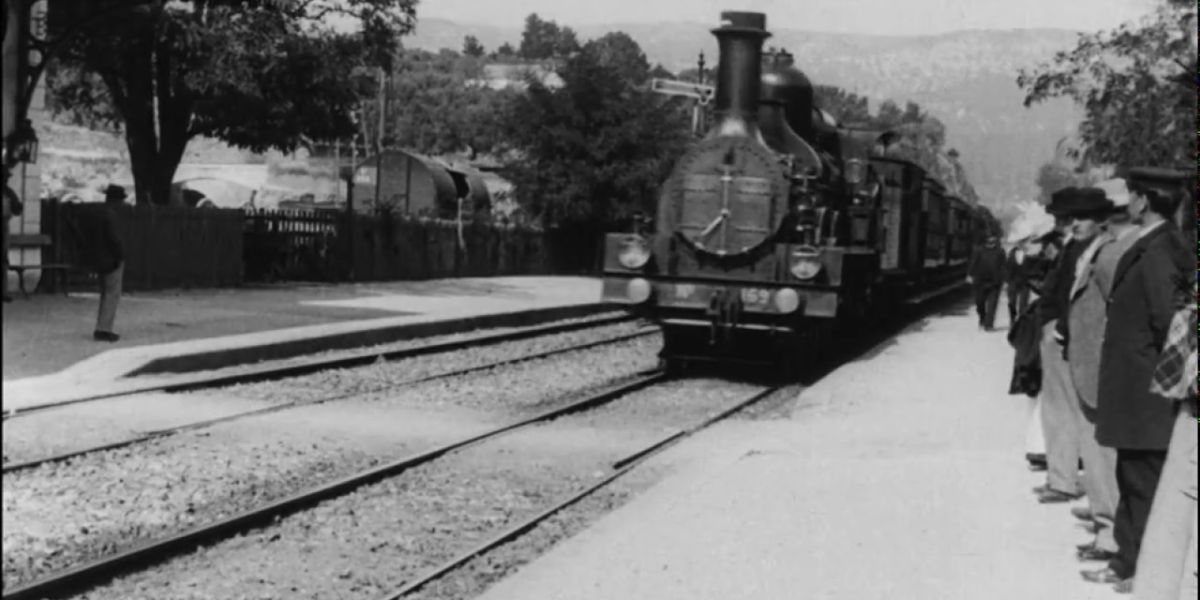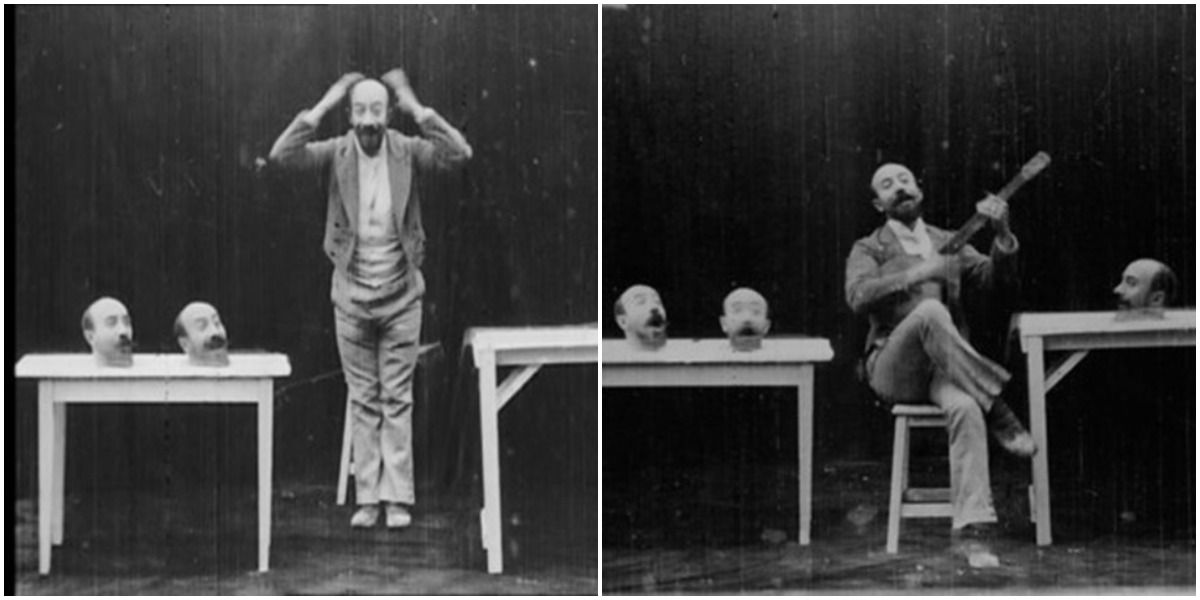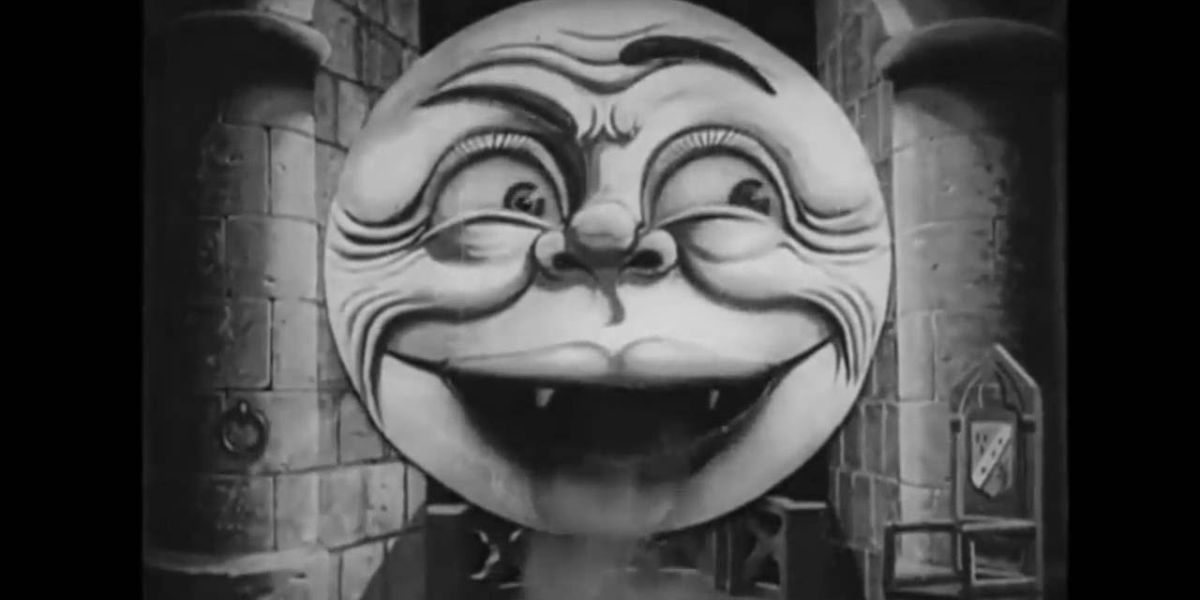The years leading up to the turn of the century were a hugely significant time for cinema, and since the feature-length film did not arrive until 1906, all of the formative, influential films of early cinema can be considered short films. The first public cinema screening took place on December 28, 1895, in Paris, and was a product of the Lumiére brothers.
This was made possible by a few film pioneers and inventors who found a way to capture and project movement in a way that delighted audiences. As a result of these advancements, there are many exceptionally noteworthy short films that made their debut before 1900 and paved the way for the world of cinema that is still growing today.
Santa Claus (1898) - 6.4
Film pioneer George Albert Smith’s 1898 film, Santa Claus, was the first depiction of Santa Claus in film, and consequently, the first-ever Christmas film. In the film, two children are put to bed on Christmas Eve, and Santa Claus is shown arriving on the rooftop and climbing down the chimney.
Santa Claus arrives in the bedroom and places presents into the stocking hanging at the foot of the children’s bed. Once Santa leaves, the children awake, delighted to see that Santa has visited them. This film, along with other works of Smith’s from the same year, made up the most technically complex and impressive British films of the time.
Pauvre Pierrot (1892) - 6.5
The French short film Pauvre Pierrot translates to “Poor Pete” and is one of the first animated films ever made. The film was directed by Charles-Émile Reynaud and was debuted alongside two other films to demonstrate Reynaud’s own Théatre Optique. This was an animated moving picture system that predated the Lumiére brothers’ Cinématographe.
Pauvre Pierrot is made up of a series of individually painted images and presents three characters from comedic Italian theater. The film begins with Harlequin visiting his mistress, Columbina. The two are interrupted by the arrival of Columbina’s husband, Pierrot, and Harlequin is forced to hide and proceeds to play a number of pranks on Pierrot.
The House Of The Devil (1896) - 6.7
Complete with the Devil, a cauldron, and various supernatural characters, Le Manoir du Diable, or The House of The Devil is widely regarded as the first horror film. As a result of the transforming bat and the Devil character being chased away with a large crucifix, the Georges Méliès film is often regarded as the first film in the vampire genre.
Throughout the three-minute film, the devil - Mephistopheles - plays a number of tricks on the two men who have entered the castle. Mephistopheles uses his magic to summon many supernatural characters, and succeeds in causing one of the men to flee, while the other stays to defend himself.
The Execution Of Mary, Queen Of Scots (1895) - 6.7
Also known as The Execution of Mary Stuart, the 18-second short film depicting the execution of the former British Queen was directed by Alfred Clark and produced by the American inventor, Thomas Edison, and it marked a new development in film making.
The film depicts the beheading of Mary Tudor and is the first known film to have used editing for special effects. The film is also one of the first to have used trained actors and using the substitution splice technique, the actor portraying the queen is replaced by a mannequin as she is beheaded, and her head rolls onto the ground.
Leaving The Factory (1895) - 6.9
Also known as Workers Leaving The Lumiére Factory in Lyon, the short documentary film was directed and produced by the French film pioneer, Louis Lumiére. The film is shot from outside the gates of the Lumiére factory, as the employees leave the factory, and is a prime example of actuality film.
The Lumiére brothers often created actuality films, that used a single static camera to capture footage of a real event or a snippet from daily life. There are three versions of the film, all with slight variations. The film was one of the 10 short films that made up the Lumiére brothers’ first public screening in December 1895.
The Waterer Watered (1895) - 7.1
The Waterer Watered (French: L'Arroseur Arrosé) is a French short film by Louis Lumiére. With its debut in June 1895, the promotion of the film led to the first use of a film poster. The film depicts a gardener watering plants, as a young boy comes along and steps on the hose.
With his water supply cut off, the gardener looks down into the top of the hose, only for the boy to release his foot, spraying the gardener in the face and knocking off his hat. A chase ensues, and at just 45 seconds running time, the film is considered the first example of film comedy.
Sallie Gardner At A Gallop (1878) - 7.4
Sallie Gardner At a Gallop started out as an experiment, as horse trainer Leland Stanford was determined to prove that during a horse’s gallop, there is an instant where all four of the horse’s feet are simultaneously off the ground.
Eadweard Muybridge used 24 cameras lined up alongside one another to capture in quick succession, multiple images of the horse in motion, proving Standord’s theory. In 1880, Muybridge projected the images onto a screen for audiences, using his Zoopraxiscope. This exhibition provided a moving image representation of the horse’s gallop, which became considered the first motion picture.
The Arrival Of A Train (1896) - 7.4
The film, also known as The Arrival of a Train at La Ciotat Station, first debuted in January 1896, soon after the Lumiére brothers’ first public screening. The Lumiére brothers' film was shot using their own invention, the Cinématographe.
The 50-second film presents a single, stationary shot from a train station platform as a steam train approaches. The position of the camera makes it appear to the viewer as if the train is coming straight towards them, and was rumored to have shocked and frightened audiences upon its debut.
Four Heads Are Better Than One (1898) - 7.5
The 1898 film, also known as The Four Troublesome Heads, was directed by Georges Méliès and stars him as the film’s magician. The film uses the substitution splice technique to make it appear that the magician removes his head and places it down on a table. The magician’s own head then regenerates, and he repeats this process until he is accompanied by three heads.
The magician starts playing an instrument and singing along with these three heads. The magician instantly tires of their singing, uses the instrument to hit and banish two of the heads, removes the head from his shoulders, throws it into the distance, and picks up the remaining head from the table, reattaches it to his body, and takes a bow.
The Astronomer’s Dream (1898) - 7.5
The 1898 Georges Méliès film The Astronomer’s Dream was released in the U.S. as A Trip To The Moon, but should not be confused with the longer 1902 Méliès film of the same name. In the film, the Astronomer is at his desk, as a huge moon appears and wreaks havoc on the observatory.
As well as the Astronomer, the film introduces Satan, the Goddess of the Moon, and a female character who ultimately saves the Astronomer. The film made use of many special effects techniques, including substitution splicing, and the result is a complex production with notably convincing and entertaining special effects.

